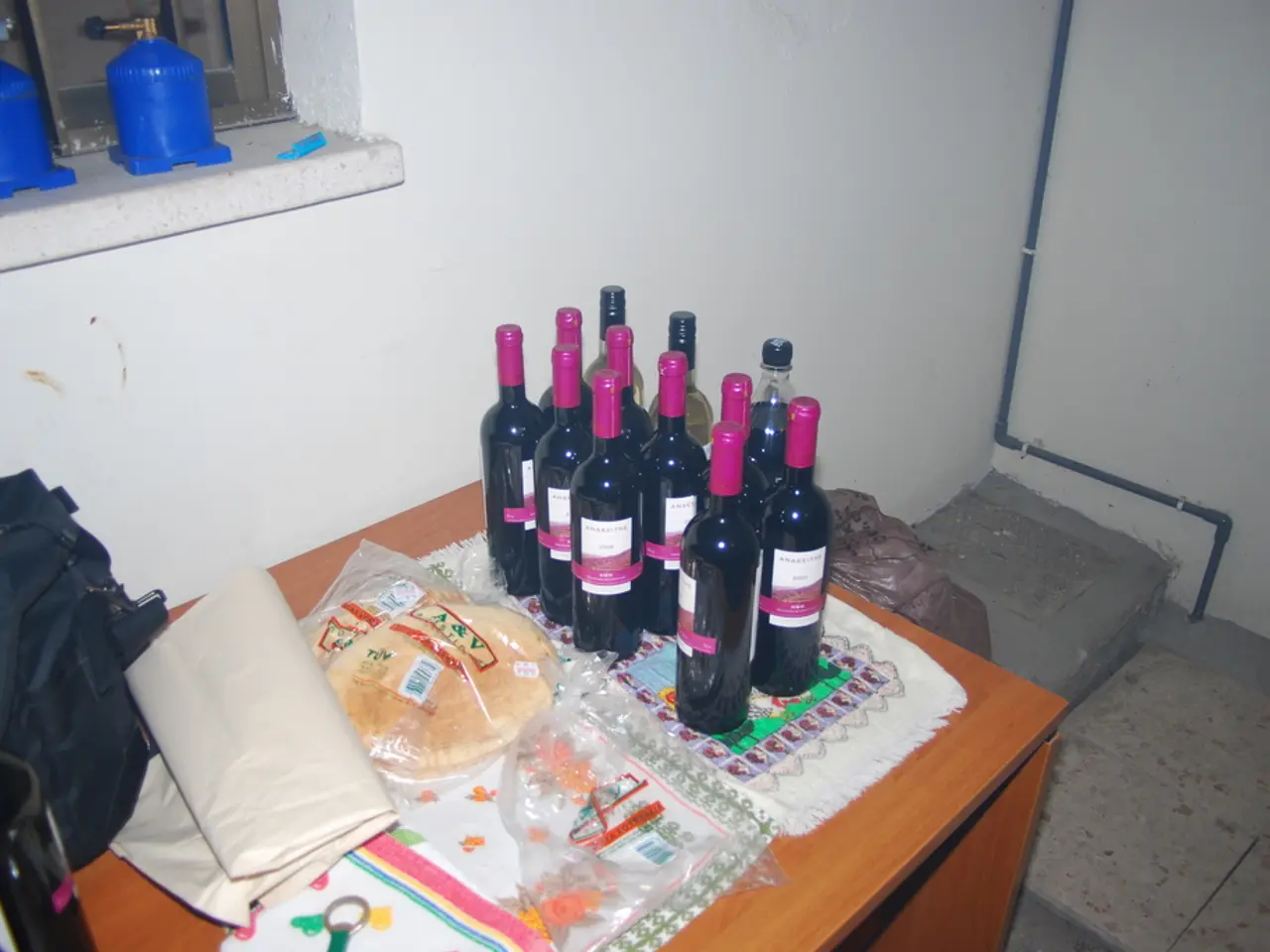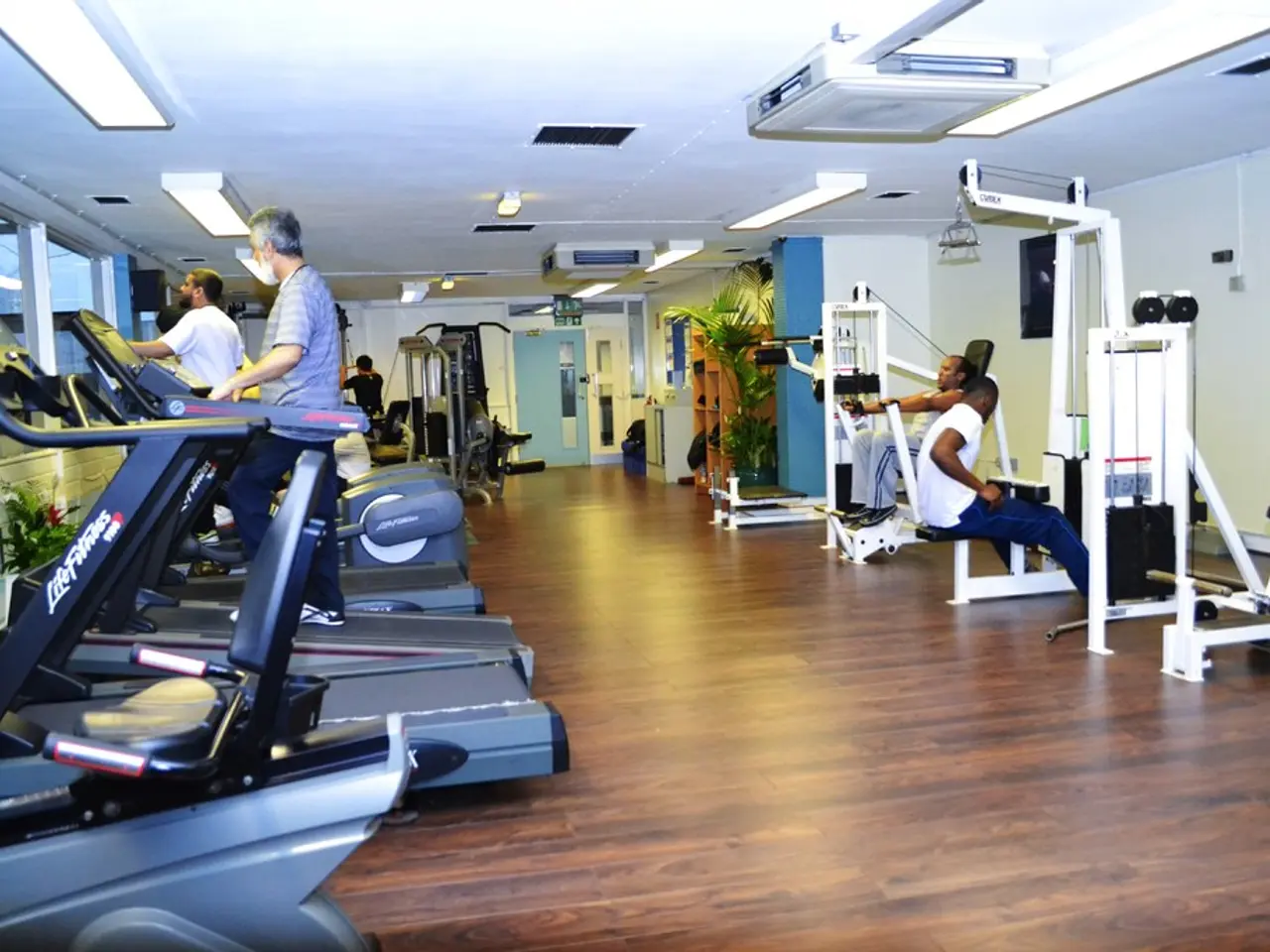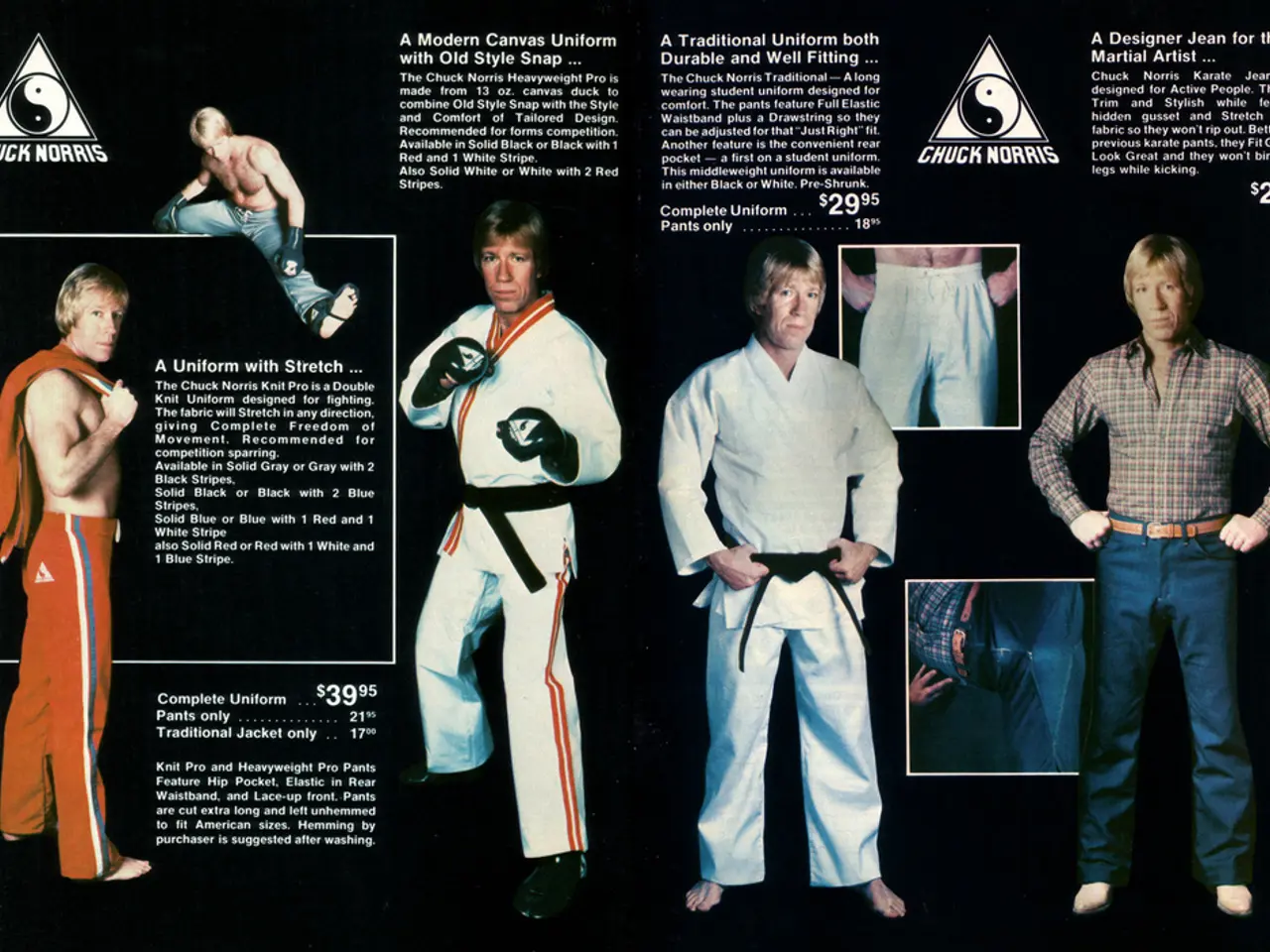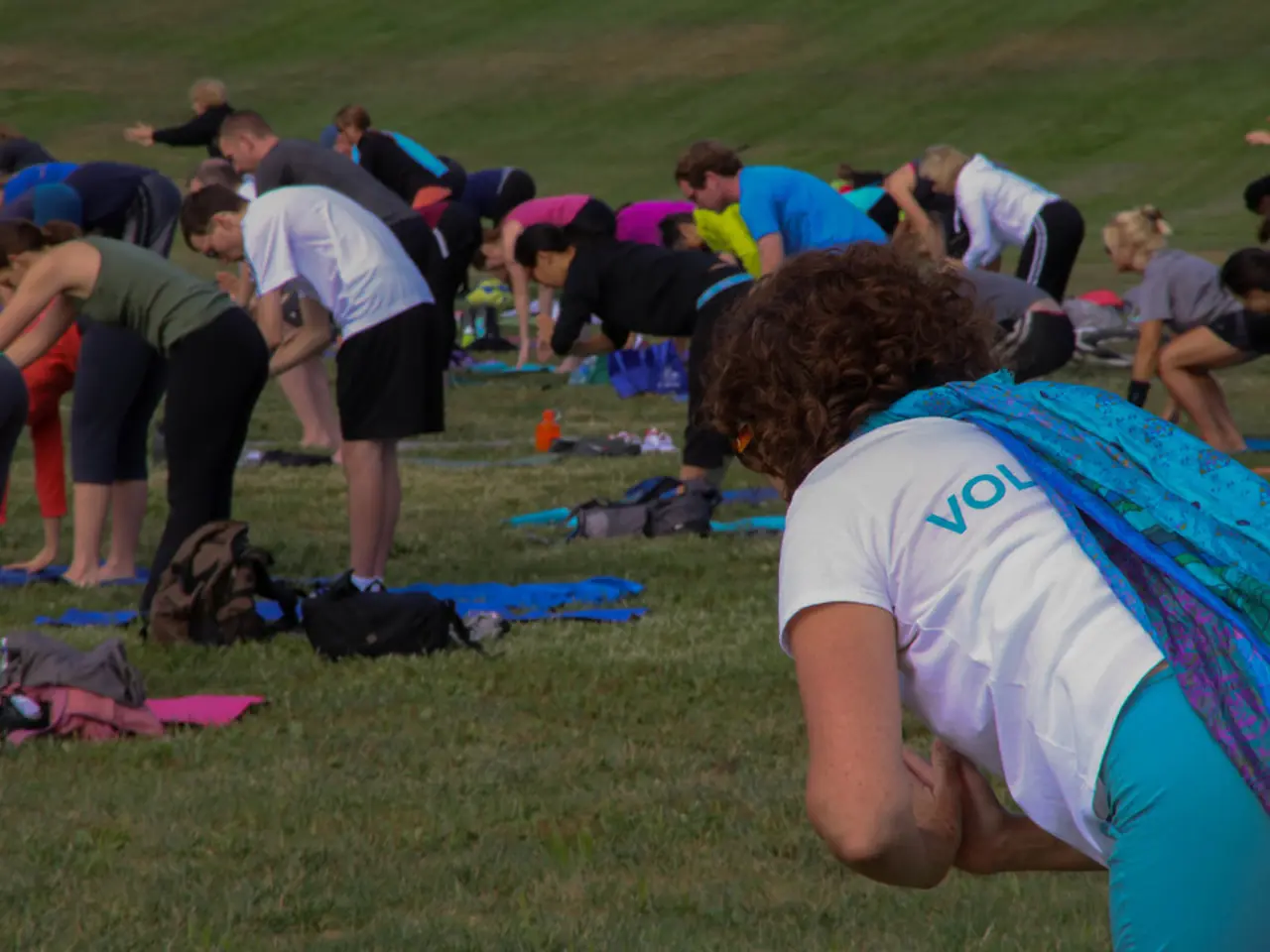Ensuring the Safety of Infant Formula
In the journey of parenthood, ensuring the safety and well-being of your little one is of utmost importance. One crucial aspect is preparing baby formula, and we've compiled a list of steps to help you do so safely and hygienically.
- Wash Hands Thoroughly Before handling anything related to the formula or feeding equipment, it's essential to wash your hands thoroughly with soap and warm water for at least 20 seconds.
- Clean and Sanitize Bottles Ensure that all bottles, nipples, and feeding equipment are completely clean and sanitized before use. The feeding area and countertops should also be clean.
- Use Safe, Clean Water Tap water may be suitable, but check local water quality or use purified/bottled water if recommended. Consult your pediatrician on whether boiling water or sterilizing powdered formula is necessary.
- Measure Water Accurately Pour the exact amount of water into the bottle according to the formula instructions. Accurate water-to-formula ratios are critical for infant health.
- Mix Formula Thoroughly Stir the formula thoroughly to ensure uniform consistency and proper nutrition.
- Storage Prepared formula should be stored chilled at 40°F (4°C) or below if not fed immediately; prepped bottles for travel should be kept in insulated cooler bags with ice packs.
- Use Prepared Formula Promptly Avoid using formula past its “use by” date. Once prepared and fed from, formula should not be reheated or saved for later because bacteria from the baby’s saliva can multiply.
- Reheating If warming is desired, heat formula only once just before feeding to body temperature (around 98.6°F or 37°C). Use a bottle warmer, warm water bath, or running warm water—never microwave as it causes uneven heating and dangerous hot spots.
- Test Formula Temperature Test the formula on your wrist before feeding; it should be warm but not hot.
- Fill Each Bottle for One Feeding Fill each bottle with formula for just one feeding.
- Follow Strict Measurements Follow the instructions provided by your doctor when making the formula.
- Wipe Off Formula Can Each Time It is Used
- Refrigerated Formula Should Not be Kept for Longer Than 2 Days Freezing formula is not recommended.
By following these steps, you can minimise the risk of contamination and foodborne illness by maintaining safe temperatures and hygiene, preventing bacterial growth and toxin formation. Always consult your pediatrician for personalised advice based on your baby's needs.
In the broader context of health-and-wellness, fostering family-health also involves understanding food safety, a vital aspect of parenting. The science behind proper formula preparation can significantly impact a baby's nutritional intake and overall health. Adhering to hygiene practices like washing hands, sanitizing bottles, and using clean water is paramount. Furthermore, the role of science extends to recommendations on water sterilization and formula mixing, ensuring accurate measurements for infant health.




